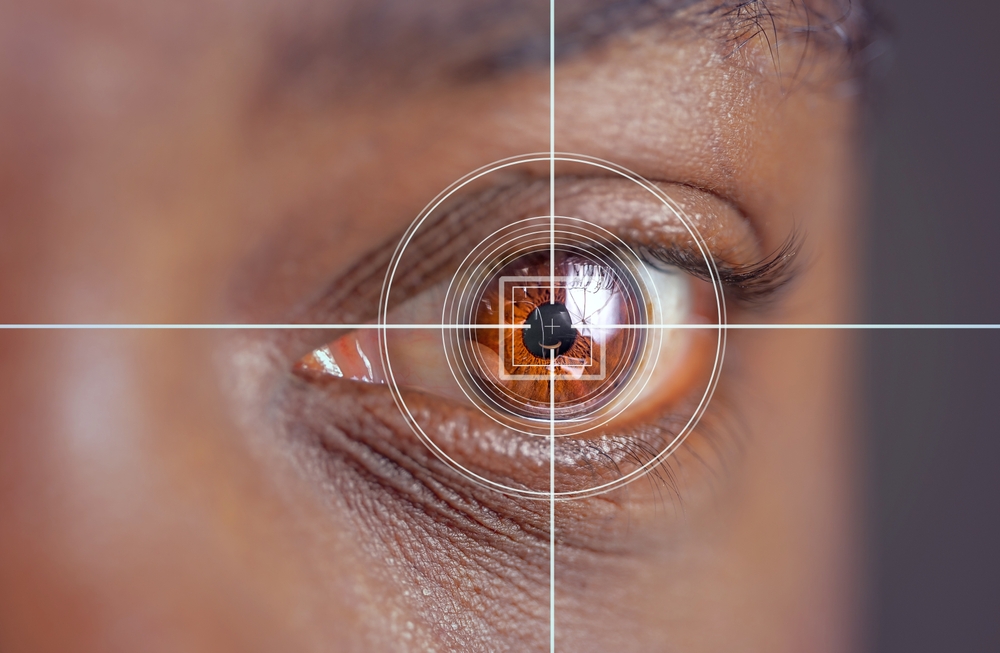
Common eye conditions can disrupt your daily life, making simple tasks like reading or driving more difficult. Although they are prevalent, many people lack a complete understanding of these conditions. This lack of knowledge can lead to delayed diagnosis and treatment, exacerbating the condition over time.
Understanding the Functions of Eye
The human eye, a complex organ, functions much like a camera. Light enters the eye through the cornea, a clear dome-like structure covering the iris. The iris, the colored part of the eye, regulates the amount of light that enters the eye. The crystalline lens, located behind the iris, focuses this light onto the retina. The retina then converts this light into electrical signals that are transmitted to the brain via the optic nerve, resulting in visual perception.
However, when the eye's shape or functionality is altered, vision can be affected. The most common forms of these alterations result in myopia, hyperopia, and astigmatism.
What is Myopia?
Myopia, often referred to as nearsightedness, is one of the most common eye conditions. If you have myopia, you can see objects close to you clearly, but objects farther away appear blurry. The primary reason for this is an elongated eyeball or a cornea with too much curvature, which causes light to focus in front of the retina, rather than directly on it.
Common symptoms of myopia include squinting, headaches due to eye strain, difficulty seeing distant objects, and needing to sit closer to the television or the front of the class to see clearly. If you are experiencing these symptoms, it is crucial to consult an eye care professional for a comprehensive eye exam.
Myopia is easily treatable. Eyeglasses and contact lenses are the most common methods used to correct myopia, helping to refocus light directly on the retina. Other treatment options include refractive surgery, such as LASIK or PRK, which can permanently reshape the cornea, eliminating the need for glasses or contacts.
Insights into Hyperopia
Hyperopia, commonly known as farsightedness, is another prevalent eye condition. If you are hyperopic, you can see distant objects clearly, but objects close to you appear blurry. This condition occurs when the eyeball is shorter than normal, or the cornea is too flat, causing light to focus behind the retina instead of on it.
Hyperopia can cause symptoms such as blurry vision when reading or doing close work, eyestrain, headaches, or squinting to see clearly. In children, severe hyperopia can lead to crossed eyes or lazy eye.
To correct hyperopia, eyeglasses or contact lenses are often prescribed. These devices correct your vision by altering the way light enters your eyes. For a more permanent solution, refractive surgery, like LASIK or PRK, can reshape the cornea, helping the eye focus light directly on the retina.
Delving into Astigmatism
Astigmatism is an eye condition characterized by an irregularly shaped cornea or lens. This irregular shape prevents light from focusing properly on the retina, resulting in blurry or distorted vision at all distances.
The exact cause of astigmatism is unknown, but it is often present at birth and may occur in combination with myopia or hyperopia. Symptoms of astigmatism include blurred or distorted vision, eyestrain, headaches, and difficulty driving at night.
To correct astigmatism, eyeglasses or contact lenses are commonly used. In some cases, orthokeratology, a non-surgical procedure that uses specially designed contact lenses to reshape the cornea, may be recommended. For a more permanent solution, refractive surgery can correct the shape of the cornea, improving vision.
When to Consult an Optometrist
It's crucial to consult an optometrist if you are experiencing symptoms such as persistent headaches, blurred, distorted or double vision, eye pain, or any sudden changes in your vision. Early detection and treatment of eye conditions can prevent further complications and improve your quality of life.
Regular eye exams are essential, even if you don't have any noticeable vision problems. These exams can help detect eye conditions at an early stage, allowing for more effective treatment.
Navigating Common Eye Conditions Effectively
Understanding common eye conditions like myopia, hyperopia, and astigmatism is the first step towards maintaining good eye health. With this knowledge, you can recognize the signs of these conditions and seek prompt treatment, reducing the risk of long-term vision problems.
For more information on myopia, hyperopia, and astigmatism, contact Eye Check Health and Vision at our office in East Petersburg, Pennsylvania. Please call (717) 500-2962 to schedule an appointment today.





